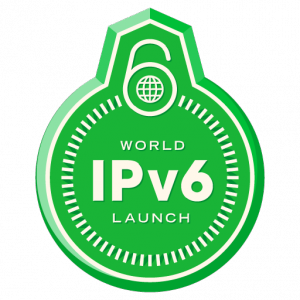After playing around with the new OS X Lion, I have to say that I’m pretty okay with it.
After playing around with the new OS X Lion, I have to say that I’m pretty okay with it. The new iOS-like features are new, and although I’m not sure how to use them now, I’m sure I’ll figure that out later. I’m not sure what to make of the new Dashboard and Mission Control: They’re like Exposé but they’re kind of not like Exposé. Grin.
 All of the programs I had running under Snow Leopard still work well, including MS Office 2011, Firefox, Thunderbird, Spotify, Picasa, Skype, VirtualBox, and Sibelius 6. Connections with my network drive seem to be a touch faster in Lion than in Snow Leopard. I did try the revamped Mail, iCal, and Address Book apps and I still don’t like them. I’ll stick with Thunderbird since that has true Gmail integration. Also, battery life seems to be a hair better, but that’s just based on my gut feeling, not actual science.
All of the programs I had running under Snow Leopard still work well, including MS Office 2011, Firefox, Thunderbird, Spotify, Picasa, Skype, VirtualBox, and Sibelius 6. Connections with my network drive seem to be a touch faster in Lion than in Snow Leopard. I did try the revamped Mail, iCal, and Address Book apps and I still don’t like them. I’ll stick with Thunderbird since that has true Gmail integration. Also, battery life seems to be a hair better, but that’s just based on my gut feeling, not actual science.
If you have a trackpad, you’ll find that the scrolling gesture is different. It’s like that on iOS devices, not traditional trackpad gestures. The default Lion scrolling gesture is counter-intuitive, in my opinion: to scroll down, for instance, you move your two fingers from the bottom to the top of the trackpad. If you don’t like it, it is an easy change in System Preferences but it’s just a bit annoying at first. Also, there are a few new gestures that are enabled by default that take place of some gestures from Snow Leopard. Again, an easy change in System Preferences.
While I wasn’t originally thrilled with the App Store-only delivery of Lion, I was thrilled that one could easily create a recovery DVD based on a disk image hidden within the installer app. To test it out, I actually formatted my Macintosh’s drive and installed Lion from the DVD I created. Also on the recovery DVD is Disk Utility so that’s great. The Lion installer creates a recovery partition on the local disk but I’m not a big fan of on-disk recovery partitions since I have had far too many hard drives fail on me.
The only issue I have discovered thus far is that I have to get Boot Camp to recognize that I have Windows 7 installed on the “BOOTCAMP” partition on my computer. I suspect that if I did an in-place installation of Lion, I wouldn’t be having this issue. If I run the Boot Camp Assistant, it would have me reformat the drive to reinstall Win7. I’ll have to do a bit more digging to see how to get Lion to recognize that partition. Also, because I did a clean install of Lion, I need to install the iLife suite from my Snow Leopard disks. But that’s a trifle since I don’t use iPhoto, iMovie, and GarageBand.
So there. From those who installed Lion in place over their Snow Leopard installation, the installation was very easy. I took the more difficult route because: 1. I’m Eddie and that’s just what I do, and B. I wanted to start my computer over from scratch just because it had gotten a bit slow.
 Tomorrow marks the official turning on of the next generation of the Internet, IPv6 (Internet Protocol version 6). To many people, you shouldn’t notice anything. Nor should you really be concerned with anything. Being on IPv6 isn’t much of a bragging right (unless you’re a nerd/geek/computer scientist).
Tomorrow marks the official turning on of the next generation of the Internet, IPv6 (Internet Protocol version 6). To many people, you shouldn’t notice anything. Nor should you really be concerned with anything. Being on IPv6 isn’t much of a bragging right (unless you’re a nerd/geek/computer scientist).



 All of the programs I had running under Snow Leopard still work well, including
All of the programs I had running under Snow Leopard still work well, including